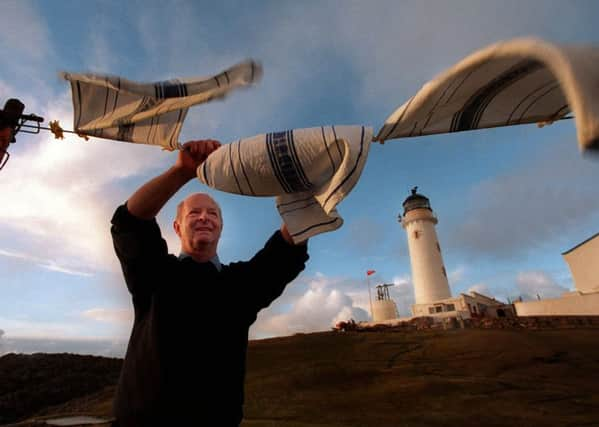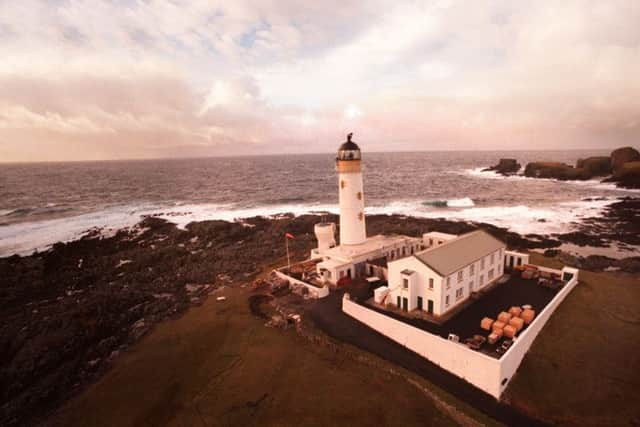When Scotland's last lighthouse keeper turned off the lights


It signalled the end of not only his own long career in guiding sailors to safety in the country’s most hazardous waters but also Scotland’s 200-year-old tradition of lighthouse keeping.
Fair Isle South was the last of Scotland’s manned lighthouses to be automated, on March 31 1998, with Mr Gault clearly remembering the emotional tug of the day as he dimmed the light for the last time.


Advertisement
Hide AdHe said: “We knew this day was coming but nothing can really prepare you for it. Lighthouse Keeping had been my way of life for thirty years. It was with huge sadness and a heavy heart that we lowered the flag for the last time on that day in March.”
Automation of Scotland’s lighthouses started in the late 19th Century with a clockwork timer replacing two lighthouse keepers at Oxcars, the lighthouse in the middle of the Firth of Forth
Mike Bullock, chief executive of the Northern Lighthouse Board, said: “Automation may seem like a relatively new concept but it’s actually been around for centuries.


“In 1894, the new light at Oxcars was operated using gas, supplied weekly from the Granton Gasworks and controlled by a clockwork timer for lighting and extinguishing the flame.
“The mechanism was wound up weekly by the Attending Boatman who delivered the gas.”
Mr Bullock said the departure of Keepers was a “sad milestone” in lighthouse history but added that automation was inevitable as reliable technology became available to protect those at sea.
Advertisement
Hide AdHe added: “As a great innovator, I have absolutely no doubt that if Robert Stevenson had the technology available he would have designed his lighthouses to be automatic from day one.”
The NLB, which manages and maintains 206 lighthouses in Scotland and Isle of Man along with other navigational aids for mariners, has a rich heritage dating back to 1786. It has been based at its headquarters at 84 George Street, Edinburgh since 1832, with a miniature working lighthouse marking the entrance.
Advertisement
Hide AdNLB was originally tasked with building four lighthouses - Kinnaird Head, North Ronaldsay, Scalpay and Mull of Kintyre - but it gained a reputation for engineering excellence, largely due to the work of Robert Stevenson who designed at least 15 of NLB’s major lighthouses, including Bell Rock near Dundee, Cape Wrath and Girdle Ness at Aberdeen.
The first major phase of automation in Scotland took place between the 1960s and the 1980s using gas operated lights.
Gas pressure created a very bright white light while powering a lens to rotate around the gas mantle. This light could be viewed from at least 18 miles away.
Many lights would have been automated much earlier if there hadn’t been Keepers required to maintain and operate fog signals and radio beacons at a number of locations, Mr Bullock added.
With advances in technology, the automation of the remaining 65 major lighthouses was eventually completed with all major lights remotely monitored from 84 George Street using radio and telephone links.
Human intervention is still key, however, and faults still need to be fixed by a NLB technician who reach the job by boat or helicopter.
Advertisement
Hide AdRetained Lightkeepers (RLKs) are also employed to check on the lights that are relatively easy to access by road, every four to six weeks, with duties including lens cleaning and upkeep of the station.
Major work is now underway to modernise the lights, including converting many of them to solar energy.
Advertisement
Hide AdMr Bullock points said: “The Keepers may have gone but it’s important to look to the future and to recognise that lighthouses still play a vital role in helping the mariner to negotiate Scotland’s rocky and dangerous coastline.”
